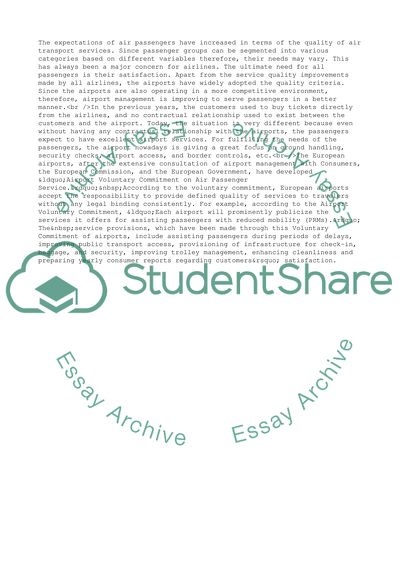Cite this document
(Introduction to Airline and Airport Management Essay, n.d.)
Introduction to Airline and Airport Management Essay. https://studentshare.org/management/1558942-introdiction-to-airline-and-airport-management
Introduction to Airline and Airport Management Essay. https://studentshare.org/management/1558942-introdiction-to-airline-and-airport-management
(Introduction to Airline and Airport Management Essay)
Introduction to Airline and Airport Management Essay. https://studentshare.org/management/1558942-introdiction-to-airline-and-airport-management.
Introduction to Airline and Airport Management Essay. https://studentshare.org/management/1558942-introdiction-to-airline-and-airport-management.
“Introduction to Airline and Airport Management Essay”. https://studentshare.org/management/1558942-introdiction-to-airline-and-airport-management.


